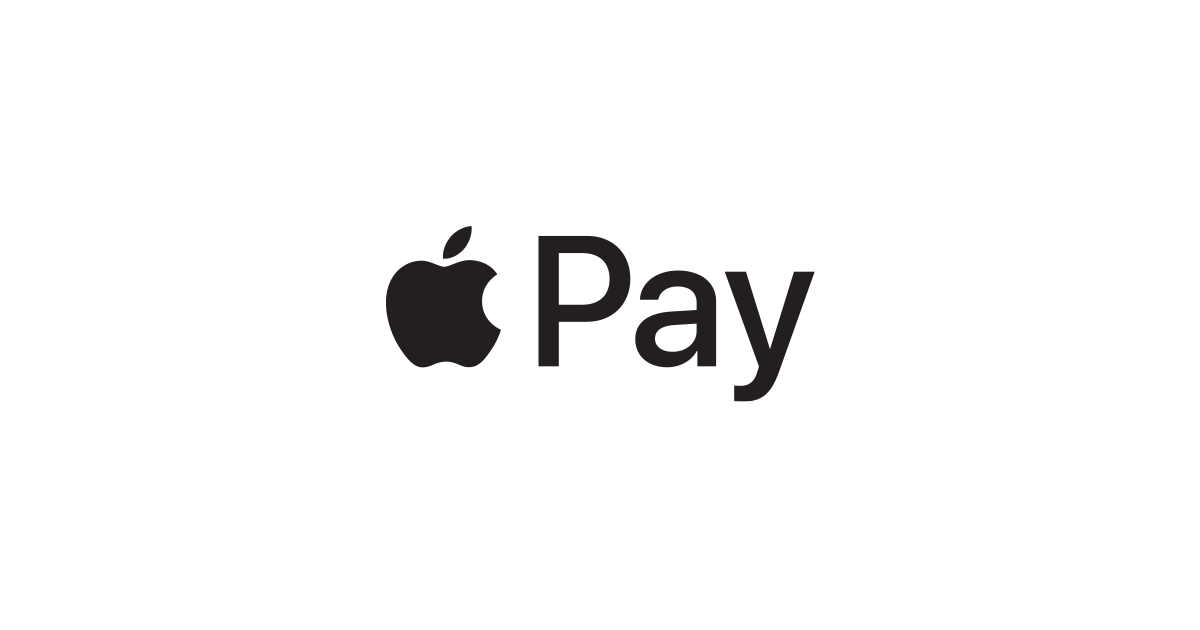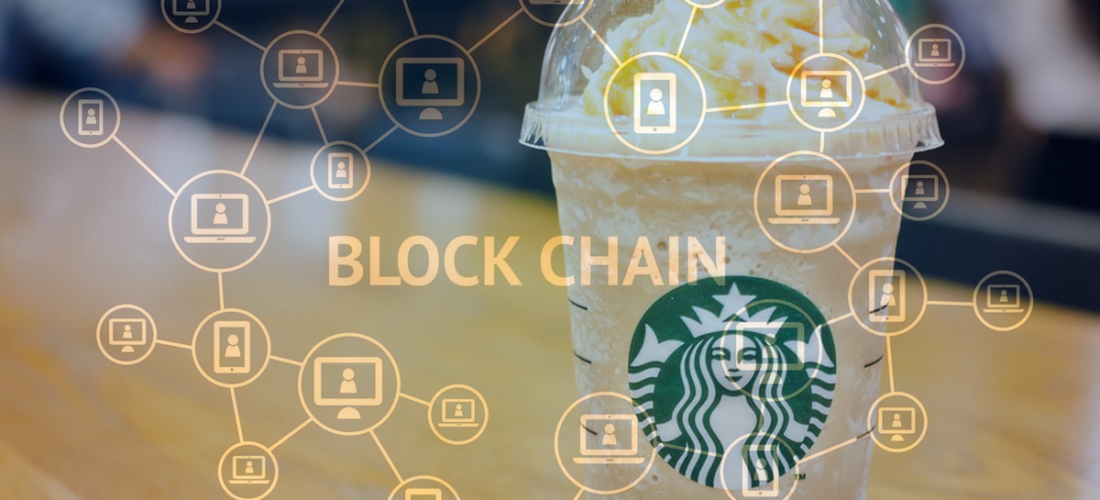Indeed, according to GSM Intelligence (which monitors 1,400 telecom networks globally), there are 5.1 billion mobile subscriptions and 9.2 billion connections - yet the United Nations states the total world population is only 7.1 billion.
However, Apple is sitting on a cash pile of over $200 billion, which is equal to that of the world’s two largest hedge funds — Bridgewater Associates and AQM Capital Management — combined. Apple has 1 billion customers globally and, to date, has sold over 1.4 billion iPhone devices worldwide – giving it a huge scale and international distribution. It has also been reported by the FT that Apple has 420 million monthly subscribers - Apple Music has overtaken Spotify, iCloud services and Apple TV (which has just had a relaunch). The subscription is going to be available for only $4.99 per month.
So, why would Apple wish to get involved in the financial services sector? Apple Pay was launched back in October 2014 and is available on 900 million iPhones worldwide, but only 43% (383 million people) are using it. However, it is currently available in 24 countries, being accessible to more potential users who follow the BNP Paribas Fortis’ alliance. Apple Card, too, has recently been launched (August 2019) and the credit card is available in a digital format, coming in as a titanium card which offers cashback of 3% if you buy Apple products. The card has built-in digital and facial recognition security and has been launched in conjunction with Goldman Sachs and Mastercard - interestingly promoting that customers’ data, in terms of their spending patterns and history, will not be stored or divulged. In a recent article from Forbes, it was calculated that if Apple were to receive just 20% of the likely revenue generated by the Apple Card then, by 2022, an additional $1.1 billion revenue could be generated for Apple. However, being in partnership with Goldman Sachs. Apple is also active in Asia - it has been offering finance in China, teaming up with Alibaba to offer interest-free credit to buy an iPhone.
By 2022 the financial services sector is predicted to grow to $26.5 trillion (a CAGR 5.9%) and interestingly Accenture has found that, of 18-34 year old’s, “80% are interested in integrated propositions from financial providers and non-financial vendors and 87% of them state that their mobile devices are their principal device for transacting online. So, who better to turn to than a well-known global brand such as Apple?
The world economy is increasingly turning digital and mobile, which Apple (to a great extent) has enabled and encouraged with its iPhone, iPad and Mac, etc. So, it is no surprise that Apple filed a patent, back in 2009, which was granted in 2014 to use tokenisation on Apple’s devices. Was this little-known interest in tokenisation due to Jennifer Bailey, Vice President of Apple Pay, who recently told CNN “We’re watching cryptocurrency, we think it is interesting. We think it has long-term potential”.
Apple Tokens - If used by their 420 million...
Indeed, according to GSM Intelligence (which monitors 1,400 telecom networks globally), there are 5.1 billion mobile subscriptions and 9.2 billion connections - yet the United Nations states the total world population is only 7.1 billion.
However, Apple is sitting on a cash pile of over $200 billion, which is equal to that of the world’s two largest hedge funds — Bridgewater Associates and AQM Capital Management — combined. Apple has 1 billion customers globally and, to date, has sold over 1.4 billion iPhone devices worldwide – giving it a huge scale and international distribution. It has also been reported by the FT that Apple has 420 million monthly subscribers - Apple Music has overtaken Spotify, iCloud services and Apple TV (which has just had a relaunch). The subscription is going to be available for only $4.99 per month.
So, why would Apple wish to get involved in the financial services sector? Apple Pay was launched back in October 2014 and is available on 900 million iPhones worldwide, but only 43% (383 million people) are using it. However, it is currently available in 24 countries, being accessible to more potential users who follow the BNP Paribas Fortis’ alliance. Apple Card, too, has recently been launched (August 2019) and the credit card is available in a digital format, coming in as a titanium card which offers cashback of 3% if you buy Apple products. The card has built-in digital and facial recognition security and has been launched in conjunction with Goldman Sachs and Mastercard - interestingly promoting that customers’ data, in terms of their spending patterns and history, will not be stored or divulged. In a recent article from Forbes, it was calculated that if Apple were to receive just 20% of the likely revenue generated by the Apple Card then, by 2022, an additional $1.1 billion revenue could be generated for Apple. However, being in partnership with Goldman Sachs. Apple is also active in Asia - it has been offering finance in China, teaming up with Alibaba to offer interest-free credit to buy an iPhone.
By 2022 the financial services sector is predicted to grow to $26.5 trillion (a CAGR 5.9%) and interestingly Accenture has found that, of 18-34 year old’s, “80% are interested in integrated propositions from financial providers and non-financial vendors and 87% of them state that their mobile devices are their principal device for transacting online. So, who better to turn to than a well-known global brand such as Apple?
The world economy is increasingly turning digital and mobile, which Apple (to a great extent) has enabled and encouraged with its iPhone, iPad and Mac, etc. So, it is no surprise that Apple filed a patent, back in 2009, which was granted in 2014 to use tokenisation on Apple’s devices. Was this little-known interest in tokenisation due to Jennifer Bailey, Vice President of Apple Pay, who recently told CNN “We’re watching cryptocurrency, we think it is interesting. We think it has long-term potential”.
Apple Tokens - If used by their 420 million monthly subscribers, it would potentially enable Apple to by-pass the banks and their omnipresent fees. Furthermore, using a digital currency within the Apple ecosystem, cash could be transferred around the world instantaneously (like IBM is doing with Stellar), almost without cost.
Apple, once again, has announced that it is going to spend $75 billion to buy back shares and increase its quarterly dividend by 5%. Surely Apple’s Californian executives must have their eyes on the fat profits on East Coast Wall Street





